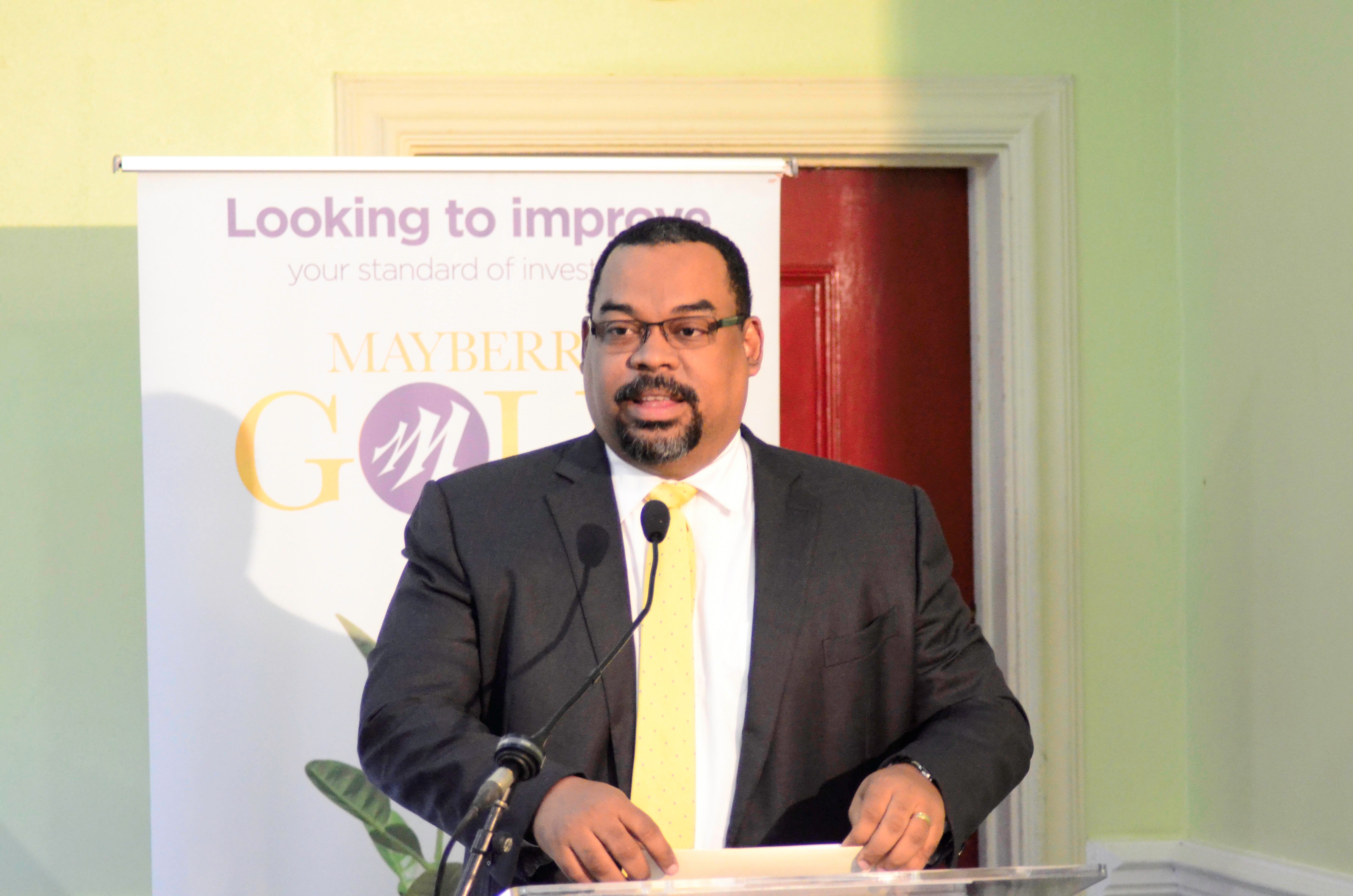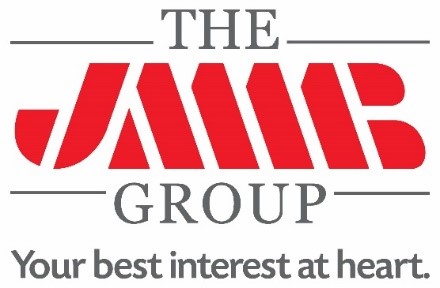In the article ‘What’s in a title: The Job Description of a CEO,’ we looked at the duties and responsibilities of the CEO. But while knowing the job description is a good first step for a CEO, he or she must of acutely aware of his or her own performance and design a measurement system of that performance – ultimately for his or her own good and that of the company.
 Unlike lower-level jobs, no one tells the Chief Executive how he/she is doing. Do managers let the CEO know he or she is making poor decisions, or communicating poorly? Not likely. Even when a CEO asks for honest feedback, the fear is that non-flattering feedback may stall a promising career or lead to some kind of victimization. Even when a company uses 360-degree feedback, no one penalizes the CEO if he or she doesn’t act on the feedback.
Unlike lower-level jobs, no one tells the Chief Executive how he/she is doing. Do managers let the CEO know he or she is making poor decisions, or communicating poorly? Not likely. Even when a CEO asks for honest feedback, the fear is that non-flattering feedback may stall a promising career or lead to some kind of victimization. Even when a company uses 360-degree feedback, no one penalizes the CEO if he or she doesn’t act on the feedback.
The Board of Directors supposedly oversees the CEO, but they are far removed from day-to-day actions of the CEO and activities of the company. Over time, they can evaluate performance, but they look mainly at share price and company strategy. They are rarely interested in – (or qualified to comment on) – the CEO’s daily behavior.
But the CEO’s daily behavior will make or break the company. The CEO’s duties don’t change because they are unmeasured. Indeed, lax measurement makes it easy for the CEO to feel confident, even when he or she shouldn’t. Good feedback is the only way to know what’s working, but share price simply won’t do it. External measures measure the company, not the link between the CEO’s actions. A low share price tells that something’s wrong, but it doesn’t help figure out what that is.
By measuring performance based on duties, a CEO can learn to do his or her job better. As explained in the previous article, the CEO’s job is setting strategy and vision, building culture, leading the senior team, and allocating capital. The last of these is easy to measure. The first three are more of a challenge.
Having vision isn’t enough. Communicating the vision is the key. When people ‘get it,’ they know how their daily job supports the vision. If they can’t link their job to the vision, that tells a CEO that his or her communication is faulty, or she hasn’t managed to turn the vision into actual tasks. Either way, a CEO can monitor his or her success as a visionary by questioning and listening for employees to link their jobs with the company vision.
Culture building is subtle; the culture a CEO sees may be very different from the culture of the rank-and-file. Surveys about openness, values, and morale can be used to develop a measure of culture. There are books and websites that offer great questionnaires for measuring overall culture. Also, check turnover. When 95% of a workforce says they can’t wait to get to work, something is going right. If people rarely leave, and if it’s easy to attract top talent at below-market prices, you can be sure the culture plays a large role. If people leave (especially top performers), again – look to culture. And don’t underestimate the power of walking around and examining the expression on people’s faces. If people are having fun, it will show.
The CEO’s success at team-building can often be measured through the team. Teams usually know when they’re effective. They can also rate their team using assessments that measure specific behaviors. For example, “I can trust my teammates.” “My teammates deliver their part of the project on time.” “Every member knows what is expected of them.” Regular team self-assessments can help the CEO track the team’s progress and hone his or her abilities to keep the team running smoothly.

Easiest to measure is a CEO’s capital allocation skill. In fact, financial measures are the ones made public: earnings and share price. But how can a CEO link those to her actual decisions? Working with the CFO, a CEO can devise financial measures appropriate to the business. Sometimes traditional measures are most appropriate, such as economic value added or return on assets. Other times, the CEO may want to invent business-specific measures, such as return on training dollars, for a company which values state-of-the-art training for employees. By monitoring several such measures, a CEO learns to link budget decisions with company outcomes
In startups, earnings begin low to nonexistent, and share price is more about salesmanship and vision than earnings. So the CEO gets almost no useful feedback about her capital allocation wisdom. He or she doesn’t know whether a dollar spent on a slightly nicer-than-necessary copy machine is wasted or is a wise investment in a long-term. Careful attention to the design and tracking of financial measures can help prepare for the transition to an earnings-driven company.
As we again examine the Top 10 list for this year, while it is clear that all have exceeded and excelled as far as financial performance, one can only assume that these CEOs have also excelled in the other areas such as team building and vision setting – which has undoubtedly contributed to the success of their respective companies. BM

 Businessuite News24 International2 years ago
Businessuite News24 International2 years ago
 Feedback & What You Think2 years ago
Feedback & What You Think2 years ago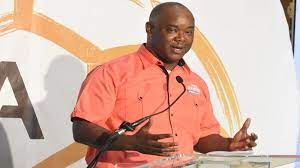
 Marketing & Advertising2 years ago
Marketing & Advertising2 years ago
 Businessuite Women1 year ago
Businessuite Women1 year ago
 Businessuite 50 Power and Influence1 year ago
Businessuite 50 Power and Influence1 year ago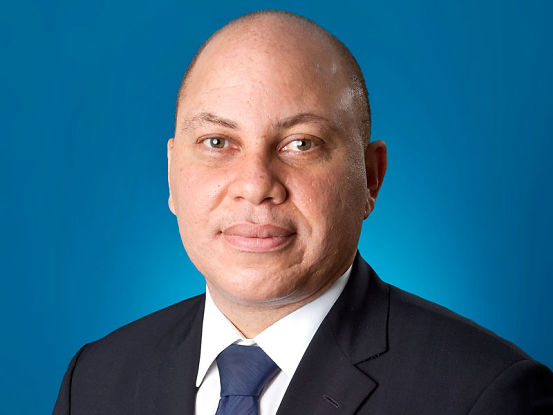
 Leadership Conversations1 year ago
Leadership Conversations1 year ago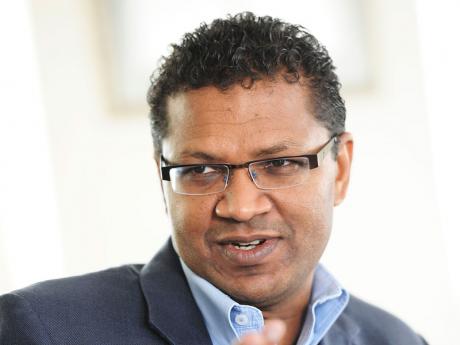
 Businessuite Markets2 years ago
Businessuite Markets2 years ago
 RANKING2 years ago
RANKING2 years ago




